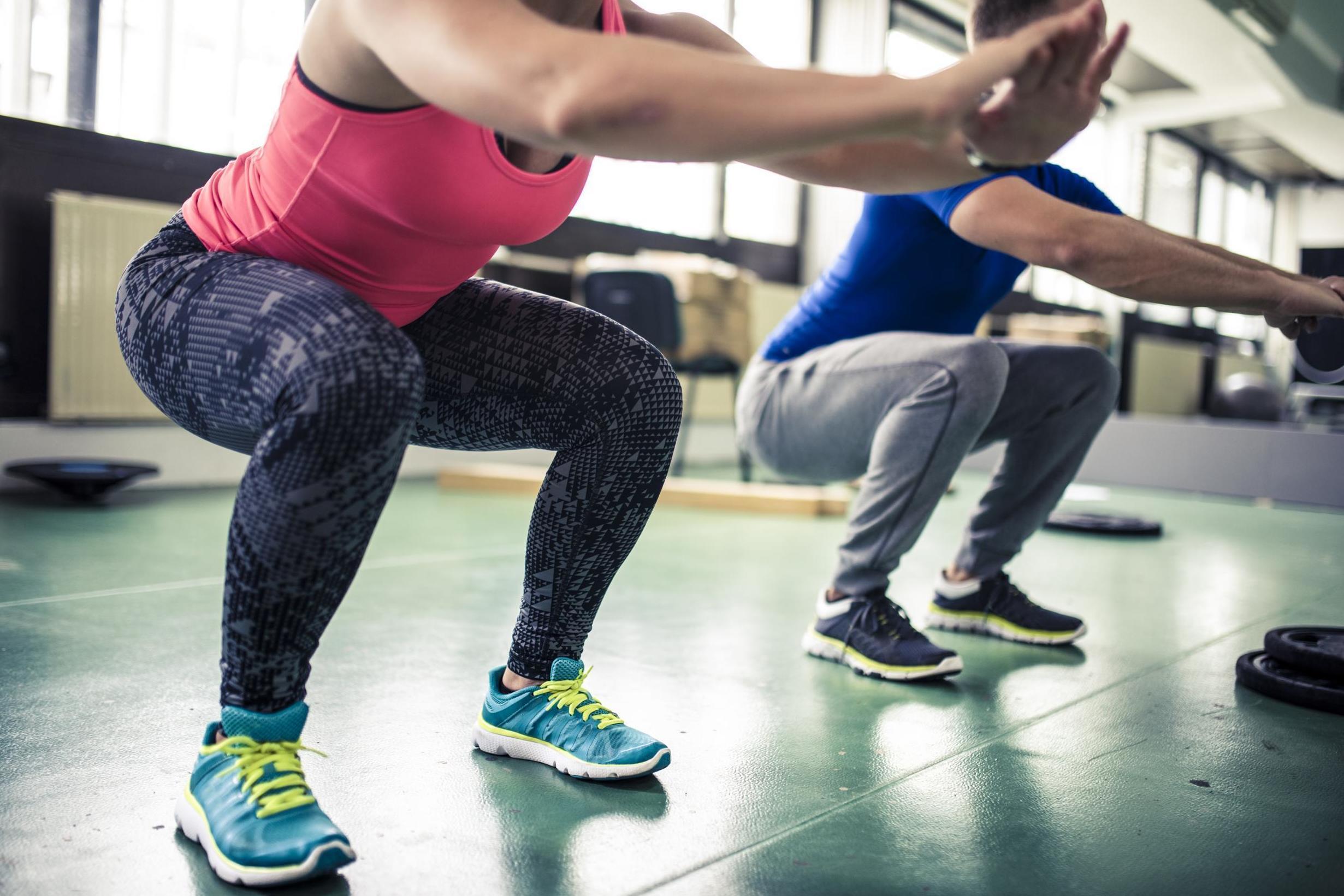Exercises for boosting your metabolism, according to a personal trainer
A higher metabolism means more calories burned

Metabolism is the chemical process that occurs within your body to maintain life. In addition to converting food to energy, your metabolism also keeps your body breathing, digesting, and circulating blood.
However, the chemical process is also in control of the baseline number of calories you burn - or your resting metabolic rate (RMR) - meaning it can influence how quickly you lose weight.
Although a metabolism is usually relatively stable, when it comes to boosting or speeding up your metabolism, exercise is the best option - as working out leads to muscle growth, which in turn speeds metabolism and increases RMR.
To find out how to boost metabolism through exercise, we spoke to Matt Roberts, personal trainer at Matt Roberts Personal Training in London - who explained certain exercises are more beneficial than others.
Roberts told us: “There are many exercises to choose from but ultimately any multi-functional movement involving large muscle groups cause a metabolic spike”.
The exercise it takes to burn off high-calorie foods
Show all 10To employ these large muscle groups, Roberts recommends squats, jumping lunges, and walking - as well as the importance of stretching and warming up before any exercise to avoid injury.
Squats
To activate the “glutes (the biggest muscle group in your body),” Roberts suggests squatting either at home or at the gym.
“Ideally squatting barefoot making sure your knees don’t go too far over your toes and sitting back around 90 degrees on an imaginary chair, then standing up while squeezing the bum as hard as you can until you feel it firing,” he said.
He recommends aiming for three to four sets of 20 bodyweight squats, with 30 seconds rest in between sets.
Jumping lunges
“If you’re looking to challenge yourself, try super-setting squats with jumping lunges,” Roberts said.
“Stand with one foot in front of the other (around a metre apart) lunge down then power yourself up, switching legs in the air and landing with your feet on opposite ends (start with your right foot forward, left foot back then swap).”
He suggests doing three to four sets of 20 reps (10 each side), with 30 secs rest in between sets.
Walking
According to Roberts, walking is the most “underrated form of exercise that a lot of people neglect”.
To ensure you are getting your steps in, Roberts suggests taking the tube a few stops earlier than your destination and walking instead.
“Aim for 10,000 steps on non-workout days,” he said.
Roberts also shared his non-workout tips for boosting metabolism, which revolve around diet.
According to Roberts, the most important food group to focus on is protein, as “high levels of protein help repair muscle tissues after training and suppress hunger pangs”.
Various studies have shown that a diet high in protein can boost metabolism and increase the amount of calories burned by about 80 to 100 per day, according to Healthline.
In addition to healthy proteins such as chicken, salmon, tuna, eggs, chickpeas, quinoa and tofu, Roberts also recommends incorporating chili and coffee into your diet - as both are known for their metabolism-boosting properties.
“Capsaicin is the chemical found in chillies which can help spice up that metabolism, fat oxidisation and help to suppress your appetite, essentially helping you to consistently be in a calorie deficit,” Roberts said. “Depending on your tolerance levels, I would recommend one-third of a chilli for those with low tolerance and a whole chilli for those with high tolerance.”
As for coffee, Roberts told us that drinking coffee has the benefits of boosting metabolism and giving you energy - meaning it is the perfect pre-workout drink.
According to studies, caffeine has shown to increase RMR by three to 11 per cent.
To get the most out of the beverage, Roberts recommends drinking black coffee and skipping the sugar and milk.
While exercise is beneficial, to ultimately boost your metabolic rate, it is important to incorporate changes inside and out of the gym.
Subscribe to Independent Premium to bookmark this article
Want to bookmark your favourite articles and stories to read or reference later? Start your Independent Premium subscription today.

Join our commenting forum
Join thought-provoking conversations, follow other Independent readers and see their replies